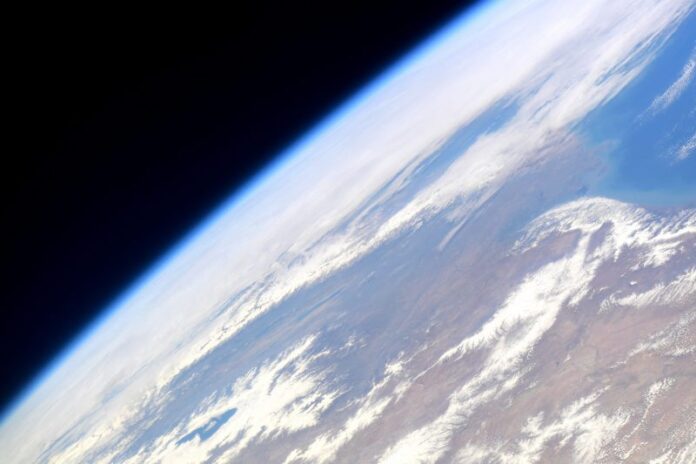NASA-backed scientists from Toho University in Japan have conducted a joint study revealing something pretty sobering for Earth’s distant future. So, Earth’s oxygen-rich atmosphere, as we breathe it, providing food for complex life, is not a fixed feature of Earth’s history; it’s not a permanent feature. In one billion years time, Earth will strip itself of breathable oxygen, turning into the barren, colourless planet it was one billion years ago. That’s the picture of a planet that becomes inhospitable to humans, animals,and plants, slowly but inevitably, according to a new study using advanced supercomputer simulations.
The Science Behind the Prediction
Kazumi Ozaki and Christopher Reinhard, who led the research, used detailed models to simulate Earth’s atmospheric evolution in concert with the Sun’s lifecycle. With time, the Sun will become older and hotter, and more luminous. Increased solar radiation will speed the breakdown of carbon dioxide (CO₂) in the atmosphere. This breakdown will cripple the world’s primary oxygen production system since CO₂ is a key component to photosynthesis, i.e., the process by which plants produce oxygen.
As photosynthesis crashes, oxygen levels in the atmosphere will collapse. The oxygen concentration, the research says, will drop a million-fold over a relatively short geological time interval. In the developed world, Earth’s skies will go from oxygen-rich to methane-heavy as they did over two billion years ago, before the oxygen-creating organisms had developed.
Also read: Cleveland Hopkins International Airport Redesign: A World-Class Future in the Making
A Gradual, Irreversible Process
A slow and steady transformation, the decline of oxygen won’t be a sudden event. If it starts to change in 10,000 years, say, or in a million, it’ll be incredibly noticeable, and in millennia, there’s going to be extreme change. Unlike climate change or asteroid impacts, this oxygen loss has an astrophysical origin and cannot be stopped.
Also interestingly, the study suggests that Earth’s surface will remain geologically active, but that’s where it stops: the biological landscape will change radically. There will be no more complex, oxygen-dependent organisms. A complete atmospheric collapse will even kill off the only life forms that may survive a while longer, such as some types of bacterial life forms that don’t require oxygen.
After considering the possible selection effects the habitability implications for Astrobiology and our understanding of planets could be both positive and negative.
This research also has one of its most important implications for the search for extraterrestrial life. When searching for life on exoplanets, scientists have often assumed that the presence of atmospheric oxygen was a primary biosignature, until now. Yet this study breaks with that assumption. That suggests that despite the ability to sustain life, such planets may not be able to keep oxygen in the air forever, and never reach that stage. Because of this finding, identifying biosignatures in the universe requires a broader approach.
The Role of Space Exploration and Human Response will be discussed
This oxygen depletion scenario is a billion years ahead and illustrates the value of thinking long-term about science and space policy. Because human-driven climate change has already knocked the planet out of sync, this further distant forecasting has the cautionary element as well as the advantage of a motivator for pro-active strategies. And even artificial biospheres or enclosed habitats are suggested by researchers as they might one day extend the habitability of humans on Earth or other planets.
In addition, space colonization is increasingly being seen as a viable long-term survival strategy. Missions to Mars and beyond are already being invested in by NASA, SpaceX, and other organisations. In addition, these efforts are further aggravated by the fact that Earth is gradually losing its capacity to host life.








